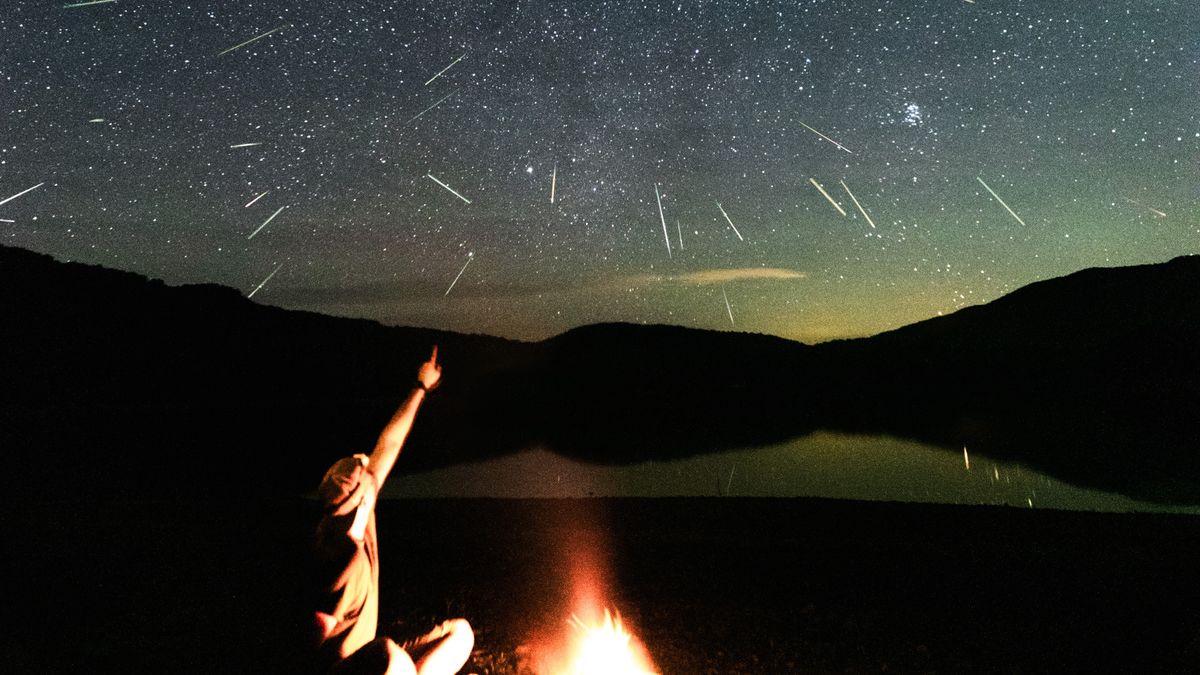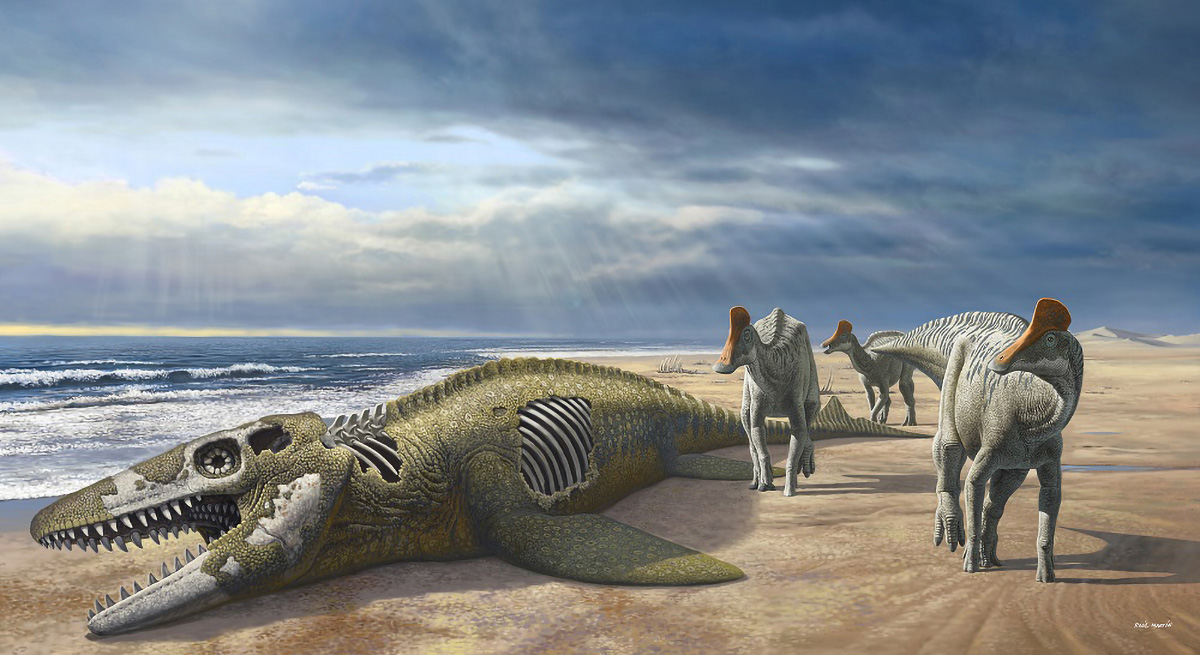For a long time, human actions had little effect on the Earth’s motions, i.e., its rotation speed and axis.
These movements were primarily controlled by the force of lunar gravity and internal processes in the core and mantle.
But now, melting ice sheets caused by human activity is disrupting these natural movements.
A new study reveals that Earth’s axis of rotation is “shifting” due to climate change and the planet’s internal dynamics.
Researchers at ETH Zurich have used advanced artificial intelligence models to better understand polar motion, the movement of the Earth’s axis of rotation relative to the crust.
The study predicts that if greenhouse gas emissions continue to rise, they will eventually outweigh the long-term influence of lunar tidal forces. For billions of years, the moon has been a constant determinant of the length of our days.
“We humans have a greater impact on our planet than we realize,” said Benedikt Soja, professor of space geodesy at the Department of Civil, Environmental and Geographical Engineering at ETH Zurich. “This naturally places a great responsibility on us for the future of our planet.”
lengthen the days
Two new studies have shown a surprising relationship between melting ice caps, planetary shaking, and the length of our days.
Melting ice at the poles redistributes mass toward the equator, slowing the Earth’s rotation. Water moves from the poles to the equator, upsetting the Earth’s equilibrium.
As Earth’s ice melts, the planet’s rotation slows down and our days get longer. Research from the Swiss Federal Institute of Technology in Zurich shows that this slowdown lengthens our days slightly – just a few milliseconds compared to the typical 86,400 seconds.
In physics, there is a law called conservation of angular momentum. This law states that a rotating body likes to keep rotating at the same rate unless something forces it to change. The Earth’s rotation follows this rule, too. Melting ice redistributes mass, and this shift, according to the law, slows down the Earth’s rotation.
“This means that a shift in mass is occurring, and this affects the Earth’s rotation,” Suga explained.
Impact on the Earth’s core
The researchers also studied why and how Earth’s axis gradually shifts over long periods. The team used physics-informed neural networks to create the most comprehensive model yet, explaining how motions within Earth’s core and mantle and the climate at the surface contribute to polar motion.
The two studies highlight a complex web of interactions within the Earth. Events that occur on the surface, such as melting ice, can have consequences deep within the core, and vice versa.
“Climate change is causing the Earth’s axis of rotation to move, and the feedback from conservation of angular momentum also appears to be changing the dynamics of the Earth’s core,” Suga explained.
As polar ice melts, the water from the poles moves toward the equator, causing the Earth to rotate more slowly over time. The biggestBenedict Soja explained that this phenomenon is similar to what happens when an ice skater spins more slowly when her arms are extended than when they are folded. The same principle applies to the rotation of the Earth.
“Ongoing climate change may be affecting processes deep within the Earth, and may have a larger scope than previously assumed,” said Kiani Shahwandi, lead author of the study and a doctoral student, in an article in the journal Science Alert. press release.
About the Editor
Mrijakshi Dixit Mrijakshi is a science journalist who enjoys writing about space exploration, biology, and technological innovations. Her work has appeared in well-known publications including Nature India, Supercluster, The Weather Channel, and Astronomy magazine. If you have ideas in mind, feel free to email her.

“Explorer. Unapologetic entrepreneur. Alcohol fanatic. Certified writer. Wannabe tv evangelist. Twitter fanatic. Student. Web scholar. Travel buff.”



